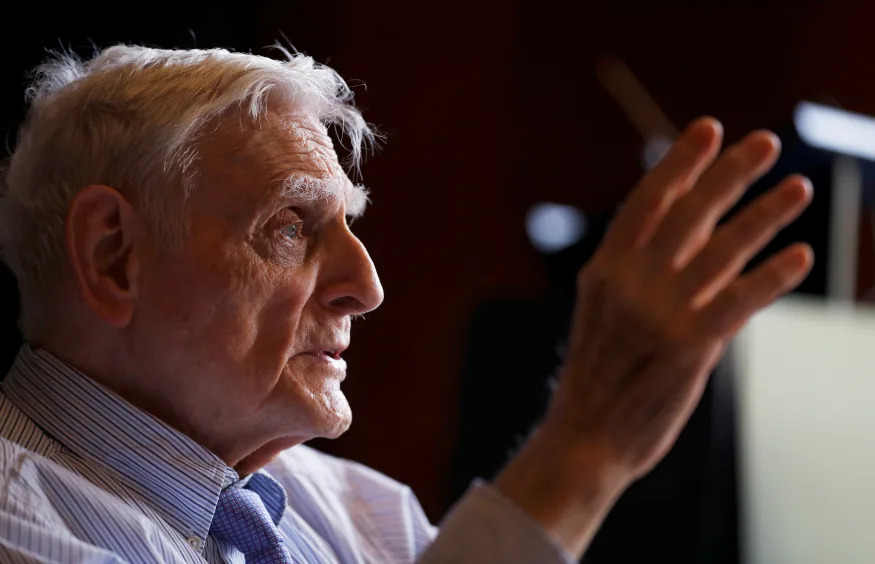Lithium-ion battery creator John Goodenough dies at 100
He played a key role in advancing laptops, phones and EVs.

REUTERS/Peter Nicholls

Jon Fingas|@jonfingasJune 26, 2023 1:15 PM
One of the most influential scientists in technology has passed away. The University of Texas at Austin has confirmed that Dr. John Goodenough, widely credited as the creator of the lithium-ion battery, has died at the age of 100. While you might not have heard of him, he's effectively responsible for making cellphones, laptops and electric vehicles practical.
Researchers had been exploring lithium batteries before. Dr. M. Stanley Whittingham, for instance, produced a design combining lithium with titanium disulfide. However, The New York Times notes it was Goodenough who achieved a major breakthrough in 1980 while at the University of Oxford. He made a cathode with layers of lithium and cobalt oxide that produced a stronger voltage while greatly improving safety. It had much more capacity than previous batteries, such as lead acid (used in cars) and nickel-cadmium (found in many portable electronics).
The technology didn't flourish until Dr. Akira Yoshino scrapped raw lithium in favor of safer lithium ions. The scientist produced a practical design for Asahi Kasei Corporation, and Sony delivered the first consumer-friendly rechargeable lithium-ion battery in 1991. You know what happened next — the improved performance enabled mobile devices that were either more portable or simply hadn't been an option before. Cellphones and laptops could become sleeker, faster and longer-lasting, while electric cars were finally viable.
Goodenough was responsible for much more, however. During his stint at MIT in the 1950s and 1960s, he helped pioneer the technology that would eventually become the random access memory (RAM) you see in many computing products. He routinely shared patents with colleagues. He was also an active researcher into his 90s, and until a few years ago was developing next-generation battery tech that promised breakthrough performance for renewable energy and EVs.
While relatively unknown in public circles, Goodenough did receive recognition for his work. He received the Nobel Prize in Chemistry in 2019 and the US National Medal of science in 2011, among other accolades.
Industries are slowly moving on from lithium-ion batteries. Automakers are planning EVs with solid-state batteries that deliver higher densities, faster charging and lower costs. However, it's safe to say the modern tech landscape wouldn't be what it is without Goodenough's efforts, and his legacy will likely be felt for years to come.
https://www.engadget.com/lithium-ion-battery-creator-john-goodenough-dies-at-100-171553322.html
